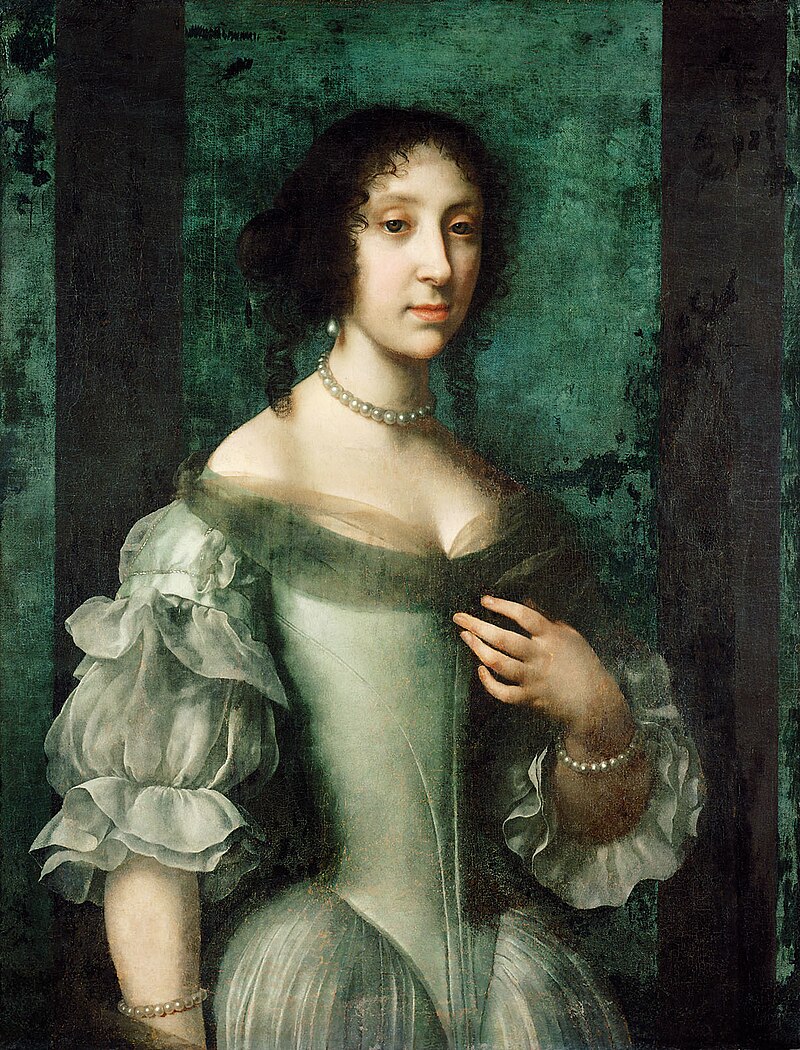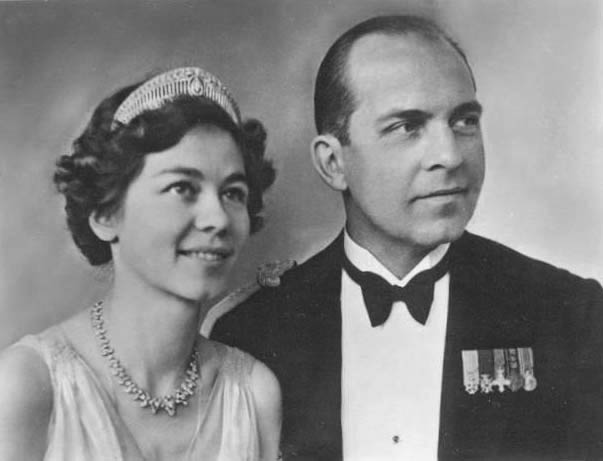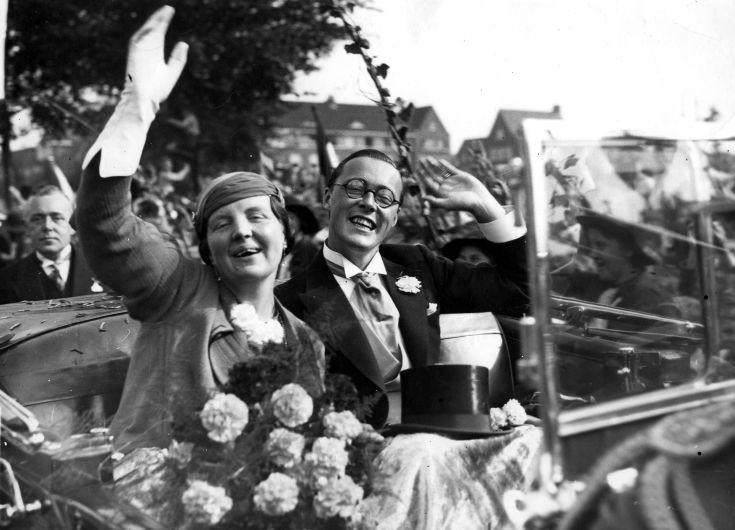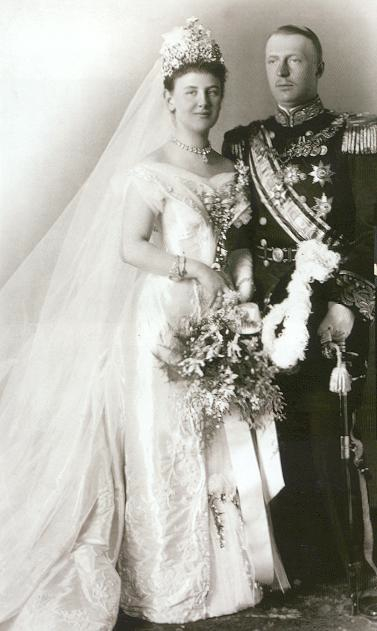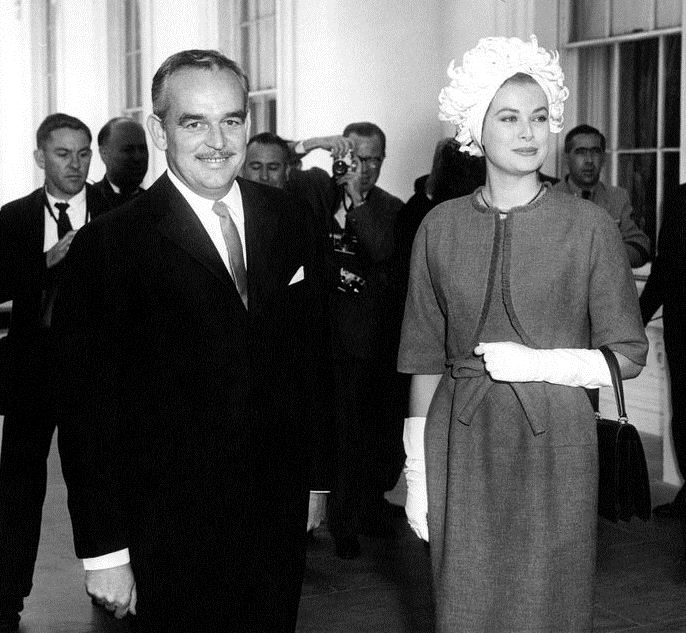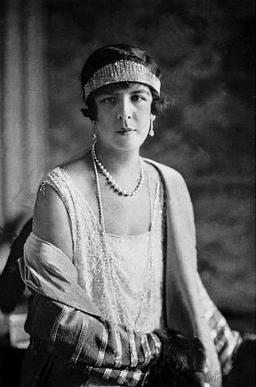by Susan Flantzer
© Unofficial Royalty 2023
The Holy Roman Empire was a limited elective monarchy composed of hundreds of kingdoms, principalities, duchies, counties, prince-bishoprics, and Free Imperial Cities in central Europe. The Holy Roman Empire was not really holy since, after Holy Roman Emperor Charles V in 1530, no emperors were crowned by the pope or a bishop. It was not Roman but rather German because it was mainly in the regions of present-day Germany and Austria. It was an empire in name only – the territories it covered were mostly independent each with its own rulers. The Holy Roman Emperor directly ruled over only his family territories, and could not issue decrees and rule autonomously over the Holy Roman Empire. A Holy Roman Emperor was only as strong as his army and alliances, including marriage alliances, made him, and his power was severely restricted by the many sovereigns of the constituent monarchies of the Holy Roman Empire. From the 13th century, prince-electors, or electors for short, elected the Holy Roman Emperor from among the sovereigns of the constituent states.
Frequently but not always, it was common practice to elect the deceased Holy Roman Emperor’s heir. The Holy Roman Empire was an elective monarchy. No person had a legal right to the succession simply because he was related to the current Holy Roman Emperor. However, the Holy Roman Emperor could and often did, while still alive, have a relative (usually a son) elected to succeed him after his death. This elected heir apparent used the title King of the Romans.
Learn more at Unofficial Royalty: What was the Holy Roman Empire?
********************

Eleonore Magdalene of Neuburg, Holy Roman Empress; Credit – Wikipedia
Eleonore Magdalene of Neuburg was the third of the three wives and also the second cousin of Leopold I, Holy Roman Emperor who was also King of Hungary, King of Bohemia, Archduke of Austria, King of Croatia, Duke of Teschen, King of the Romans, Archduke of Further Austria, and Prince of Transylvania. Born in the Palatinate-Neuburg, now in the German state of Bavaria, on January 6, 1655, Eleonore Magdalene was the eldest of the seventeen children and the eldest of the eight daughters of Philipp Wilhelm, Count Palatine of Neuburg and Duke of Jülich-Berg and his second wife Elisabeth Amalie of Hesse-Darmstadt. Her paternal grandparents were Wolfgang Wilhelm, Count Palatine of Neuburg and Magdalene of Bavaria. Eleonore Magdalene’s maternal grandparents were Georg II, Landgrave of Hesse-Darmstadt and Sophie Eleonore of Saxony.
Eleonore Magdalene had sixteen younger siblings:
- Maria Adelheid of Neuburg (born and died 1656), died in infancy
- Sophie Elizabeth of Neuburg (1657 – 1658), died in infancy
- Johann Wilhelm, Elector Palatine of Neuburg (1658 – 1716), married (1) Archduchess Maria Anna of Austria, had two sons who died at birth (2) Anna Maria de Medici, no children
- Wolfgang Georg of Neuburg, Auxiliary Bishop of Cologne (1659 – 1683), unmarried
- Ludwig Anton of Neuburg, Bishop of Worms (1660 – 1694), unmarried
- Karl Philipp, Elector Palatine of Neuburg (1661 – 1742), married (1) Princess Luise Charlotte Radziwill, had four children, only one survived childhood (2) Princess Theresa Katharina Lubomirska, had two daughters who died young (3) Countess Violante Maria Theresa von Thurn und Taxis, no children
- Alexander Sigismund of Neuburg, Prince Bishop of Augsburg (1663 – 1737), unmarried
- Franz Ludwig of Neuburg, Archbishop of Mainz (1664 – 1732), unmarried
- Friedrich Wilhelm of Neuburg (1665 – 1689), General in the Imperial Army of the Holy Roman Empire, died in the Nine Years’ War during the Siege of Mainz
- Marie Sophie of Neuburg (1666 – 1699), married King Pedro II of Portugal, had eight children including King João V of Portugal
- Maria Anna of Neuburg (1667 – 1740), married King Carlos II of Spain, no children
- Philipp Wilhelm of Neuburg (1668 – 1693), married Princess Anna Maria Franziska of Saxe-Lauenburg, had two daughters
- Dorothea Sophie of Neuburg (1670 – 1748), married (1) Odoardo Farnese, Hereditary Prince of Parma, had one son who died in childhood and one daughter Elisabeth Farnese of Parma, Queen of Spain (2) Francesco Farnese, Duke of Parma, no children
- Hedwig Elisabeth of Neuburg (1673 – 1722), married Jakob Ludwig Sobieski of Poland, had six children, only three survived childhood
- Johann of Neuburg (born and died 1675)
- Leopoldine Eleanor of Neuburg (1679 – 1693), died at age 13, probably from tuberculosis
Eleonore Magdalene was raised in a very religious environment and received an excellent education. Besides her native language German, Eleonore Magdalene was fluent in Latin, French, and Italian, translated biblical texts and spiritual literature into German, was well-versed in theology, and was fond of music and art. From the age of seventeen, Eleanore Magdalene lived with her mother in Benrath Castle where a lady-in-waiting instructed her in court etiquette.
From an early age, Eleonore Magdalene showed a strong devotion to her Roman Catholic faith. She developed a daily prayer practice and an ascetic life that included self-flagellation and the secret wearing of a chain cilice. Eleonore Magdalene visited the sick, gave alms to the poor, and asked others not to treat her as royalty because she considered all people equally dear to God. When she was fourteen-year-old, Eleonore Magdalene joined the Brotherhood of Our Lady of Sorrows at the Cross, a secular order, and remained a member all her life. She wanted to become a Carmelite nun but her parents would not let her. Five monarchs asked to marry her and were refused by her.

Eleonore Magdalene’s husband Leopold I, Holy Roman Emperor; Credit – Wikipedia
In 1676, Leopold I, Holy Roman Emperor was devastated by the loss of his second wife, and he retired to a monastery near Vienna to mourn. From his two marriages, he had six children, however, all except the oldest daughter from his first wife, had died. Leopold needed to marry again to provide a male heir. Eleanore Magdalene’s mother had 23 pregnancies and 17 live births and the family gained the reputation as a fertile family. Because of this reputation, 36-year-old Leopold chose his 21-year-old second cousin Eleonore Magdalene as his third wife. The wedding took place on December 14, 1676, in Passau, then in the County of Palatine, now in Bavaria, Germany. Having an imperial wedding in Passau was a major event and it is remembered with an 1892 painting of the wedding, displayed in the Passau Town Hall.

The painting of the wedding of Holy Roman Emperor Leopold I and Eleonore Magdalene, displayed in the Passau Town Hall; Credit – https://tourismus.passau.de/
Leopold made a good choice because his third wife Eleonore Magdalene had ten children with five surviving childhood including two Holy Roman Emperors:
- Joseph I, Holy Roman Emperor (1678 – 1711), married Wilhelmine Amalia of Brunswick-Lüneburg, had three children, their only son died of hydrocephalus before his first birthday
- Archduchess Maria Christina of Austria (born and died 1679), died at birth
- Archduchess Maria Elisabeth of Austria, Governor of the Austrian Netherlands (1680 – 1741), unmarried
- Archduke Leopold Joseph of Austria (1682 – 1684), died in early childhood
- Archduchess Maria Anna of Austria (1683 – 1754) married King João V of Portugal, had six children including two Kings of Portugal and one Queen Consort of Spain
- Archduchess Maria Theresia of Austria (1684 – 1696), died from smallpox at the age of 12
- Karl VI, Holy Roman Emperor (1685 – 1740), married Elisabeth Christine of Brunswick-Wolfenbüttel, had one son who died in infancy and three daughters, father of Maria Theresa, Archduchess of Austria, and Queen of Hungary, Croatia, and Bohemia, the only woman to rule the Habsburg lands in her own right
- Archduchess Maria Josepha of Austria (1687 – 1703), died from smallpox at the age of 16
- Maria Magdalena of Austria, Governor of Tyrol (1689 – 1743), unmarried
- Maria Margaretha of Austria (1690 – 1691), died in infancy
Eleonore had one surviving stepchild from her husband’s first marriage to Margarita Teresa of Spain:
- Archduchess Maria Antonia of Austria (1669 – 1692), married Maximilian II Emanuel, Elector of Bavaria, had three sons, none survived childhood
Eleonore Magdalene was politically active and influenced her husband in governmental matters, particularly as he grew older. Because she was fluent in several languages, Eleonore Magdalene translated foreign political documents for her husband, as many were written in French. She used her position as Holy Roman Empress to secure high-status marriages for her sisters, to promote the careers of her brothers in the Roman Catholic Church, and to oversee the political needs of her brother Johann Wilhelm, Elector Palatine of Neuburg. Eleonore Magdalene’s generosity to those in need was almost limitless. She built hospitals and shelters, supported numerous brotherhoods, churches, and monasteries, distributed alms, and visited the sick in hospitals. In 1684, Eleonore received the Golden Rose from Pope Innocent XI as a token of his affection for her reverence.
Leopold I, Holy Roman Emperor died, aged sixty-four, on May 5, 1705, in Vienna, then in the Archduchy of Austria. He was buried in the Imperial Crypt at the Capuchin Church in Vienna. After Leopold’s death, Eleonore Magdalene dressed in mourning for the rest of her life. During the six-year reign of her son Joseph I, Holy Roman Emperor, Eleonore Magdalene continued to influence the affairs of the state. After Joseph I’s death, by the decision of the Privy Council, Eleanore Magdalene served as regent until the return of her son, the new Emperor Karl VI, from Spain where he was dealing with issues relating to the War of the Spanish Succession.
During her last years, Eleonore Magdalene lived a very ascetic life, similar to a nun. She instructed her servants, who had witnessed her ascetic life, never to tell anyone. On January 1, 1720, while preparing for the sacrament of confession, Eleonore Magdalene suffered a stroke which left the right side of her body paralyzed. She received the Anointing of the Sick and gave her blessing to her children and grandchildren who were at her deathbed. During her final days, Eleonore Magdalene was constantly nursed by her two daughters-in-law Wilhelmine Amalia and Elisabeth Christine.

Eleonore Magdalene’s second coffin; Credit – By Krischnig – de.wikipedia.org, CC0, https://commons.wikimedia.org/w/index.php?curid=51297806
Eleonore Magdalene died on January 19, 1720, aged sixty-five, at the Hofburg Palace in Vienna, Austria. Following her wishes, Eleonora Magdalene was buried wearing the robe of a nun, in a very simple wooden coffin that bore the inscription “Eleonore Magdalene Theresa, poor sinner”. Her coffin was placed at the foot of her husband’s tomb in the Imperial Crypt at the Capuchin Church in Vienna. The current lead Baroque coffin containing Eleonore Magdalene’s remains was made in August 1755 following the orders of her granddaughter Holy Roman Empress Maria Theresa, in her own right Archduchess of Austria, and Queen of Hungary, Croatia, and Bohemia, because the old wooden coffin had deteriorated considerably.
This article is the intellectual property of Unofficial Royalty and is NOT TO BE COPIED, EDITED, OR POSTED IN ANY FORM ON ANOTHER WEBSITE under any circumstances. It is permissible to use a link that directs to Unofficial Royalty.
Works Cited
- Eleonore Magdalene of Neuburg (2023) Wikipedia. Available at: https://en.wikipedia.org/wiki/Eleonore_Magdalene_of_Neuburg (Accessed: 18 July 2023).
- Eleonore Magdalene von Pfalz-Neuburg (2023) Wikipedia (German). Available at: https://de.wikipedia.org/wiki/Eleonore_Magdalene_von_Pfalz-Neuburg (Accessed: 18 July 2023).
- Leopold I, Holy Roman Emperor (2023) Wikipedia. Available at: https://en.wikipedia.org/wiki/Leopold_I,_Holy_Roman_Emperor (Accessed: 18 July 2023).
- Philip William, Elector Palatine (2023) Wikipedia. Available at: https://en.wikipedia.org/wiki/Philip_William,_Elector_Palatine (Accessed: 18 July 2023).
- Rathaussäle Passau (2023) Startseite Passau Tourismus. Available at: https://tourismus.passau.de/passau-sehen-erleben/sehenswuerdigkeiten-in-passau/altes-rathaus-und-rathaussaele/ (Accessed: 18 July 2023).
- Wheatcroft, Andrew. (1995) The Habsburgs. London: Viking.
- Wilson, Peter H. (2016) Heart of Europe – A History of the Holy Roman Empire. Cambridge, MA: Harvard University Press.




